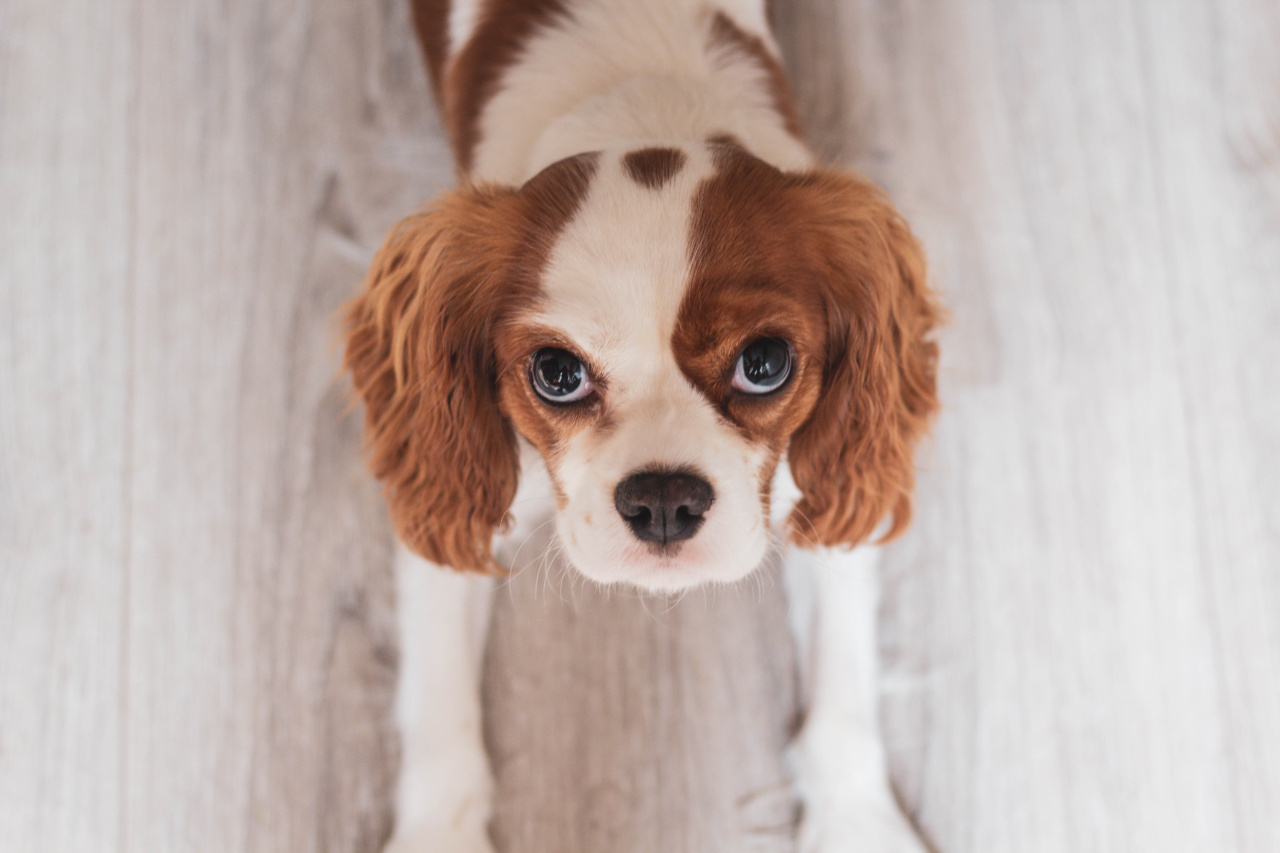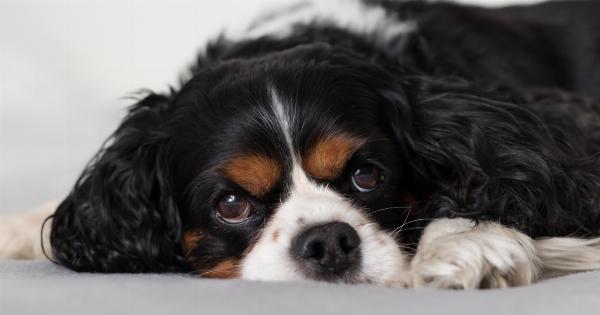Introduced to the British Royal Family in the 17th century, the Cavalier King Charles Spaniel was initially bred for hunting and household companionship.
Over the years, this breed has gained popularity due to its affectionate nature, gentleness, and adaptability. Known for their long, silky coats, adorable expressions, and happy tails, the Cavalier King Charles Spaniel remains a favorite of luxury-loving people worldwide.
The History of Cavalier King Charles Spaniel
The Cavalier King Charles Spaniel is a small breed of Spaniel that has been around for several centuries. Its name originates from King Charles II, who was particularly fond of this breed and had a special place in his heart for them.
There’s a legend that the King even issued an edict declaring that these dogs should be allowed to enter any public place, including the House of Parliament.
The breeding of Cavalier King Charles Spaniels began in earnest in 1600, during the reign of King Charles II. The King kept several dogs with him all the time, and the breed quickly became popular in the royal circle.
The Spaniels were bred specifically to create a smaller version of the King Charles Spaniel, and were named after King Charles himself.
The little Cavalier was also used to create other breeds like long-haired Chihuahuas, Miniature Schnauzers, and more.
These crossbreeds were created to enhance certain desirable traits in the dogs, and that is why they are still so popular in the UK today.
The Appearance of Cavalier King Charles Spaniel
The Cavalier King Charles Spaniel is a small and sweet-looking dog breed. According to the American Kennel Club (AKC), the body of this breed is around 12-13 inches tall and features a silky, medium-length coat.
The coat of this breed is wavy or curled, with a soft and silky feel. The coat is long and requires daily brushing to keep it tangle-free. These dogs come in a range of color variations, including black and tan, tri-color, ruby, and blenheim, which is white and chestnut-colored.
The large eyes are what make the Cavalier King Charles Spaniel’s expression endearing and appealing. The dark, expressive eyes are outlined by hair, which gives them a slightly tilted and open look.
The round head is covered with a long hair, which softly tumbles down to cover the ears. The ears drop down and feather out to create a rather flamboyant look that catches the attention of many admirers.
The Personality of Cavalier King Charles Spaniel
The Cavalier King Charles Spaniel is a friendly and outgoing dog that is popular for their company and loving nature. They’re intelligent, responsive to training, and easily adaptable.
Due to their exceptional personality traits, these dogs are a perfect breed for first-time dog owners. With their playful nature, they have also gained popularity among children and university students alike.
The breed is quite easy-going and loves being around people, making them great family dogs. They are exceptionally well-behaved and won’t cause a fuss or bark unnecessarily.
These dogs are gentle enough to play with children but not too energetic as to make them excessive. Additionally, they’re also intelligent enough to respond to instructions and are known to be quite good watch dogs. They may not bark much, but they will let you know if there’s a stranger knocking at the door.
Health Issues of Cavalier King Charles Spaniel
While the amazingly appealing and sweet characteristics of Cavalier King Charles Spaniels make them an excellent choice for family homes, several health issues are associated with this breed. Some of those conditions include:.
Syringomyelia
Syringomyelia is a congenital condition that influences the spine of Cavaliers. It can cause severe pain and discomfort, particularly in the neck and head area and often also leads to seizures.
Syringomyelia is incurable, but with proper medication, dogs can lead happy lives.
Heart Related conditions
Cavalier King Charles Spaniels are also prone to various heart-related issues like murmurs, mitral valve disease, and congestive heart failure. Some symptoms include coughing, trouble breathing, and lethargy.
Therefore, it is important to perform routine heart checks to prevent these issues from becoming severe and getting out of hand.
Ear Infections
As mentioned, the Cavaliers’ floppy ears, when not cleaned and cared for, can lead to ear infections. Regular cleaning and grooming of the dog’s ear can prevent situations from escalating and becoming painful and problematic.
Care and Maintenance of Cavalier King Charles Spaniel
The Cavalier King Charles Spaniel is a low-maintenance dog breed. However, that doesn’t mean they don’t require some care and attention.
Regular grooming, healthy feeding and consistent training will ensure they stay healthy, happy, and well-behaved.
Grooming
A Cavalier’s coat will need a good brush every day to keep it tangle-free and healthy looking. They typically shed their fur twice a year, so you’ll need to go the extra mile to make sure they stay clean and comfortable.
A trim every few months, depending on the growth rate, is also recommended.
Feeding
A well-balanced diet is essential to keep your Cavalier happy and healthy. To prevent obesity and other health-related issues, it is advised that you carefully monitor their calorie intake and stick to recommended serving sizes strictly.
Training
The Cavalier King Charles Spaniel is an intelligent breed, and so they should be easy to train if provided with the right instruction in puppyhood.
Early socialization and consistent, positive reinforcement will help ensure your Cavalier becomes a well-behaved and well-mannered dog.
The Bottom Line
The Cavalier King Charles Spaniel is an extraordinary breed that has been around for centuries and has been found to have friendly and gentle characteristics that make it very appealing to people worldwide.
The breed’s appearance and personality exude style, elegance, and aristocracy that once made it the perfect companion for the British Monarchy. The Cavalier King Charles Spaniel is a perfect choice of breed for pet owners who seek companionship, personality, and a dash of aristocracy.






























